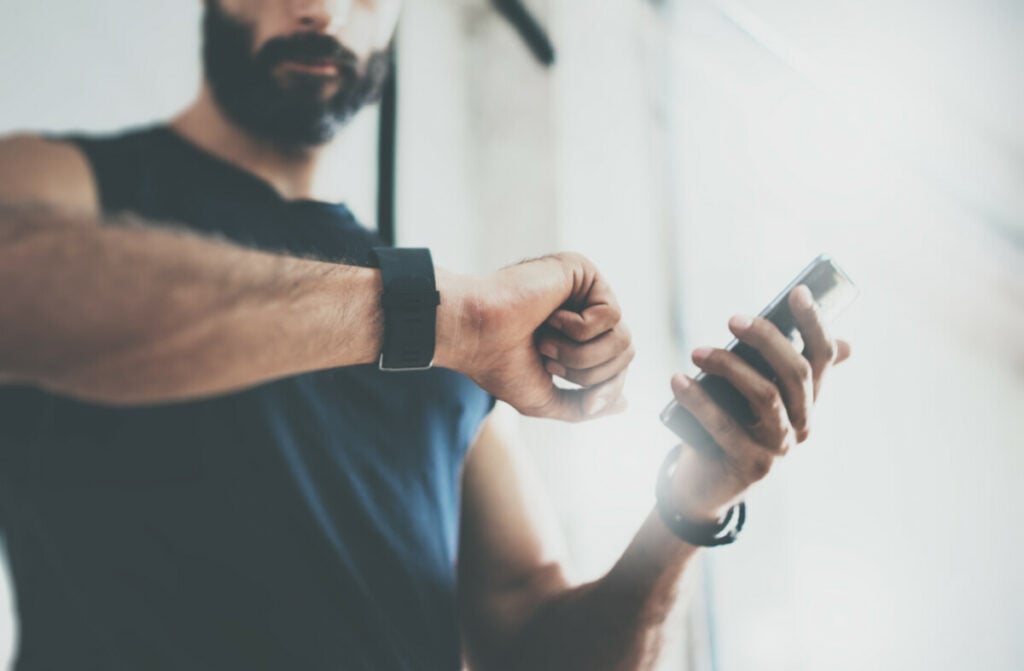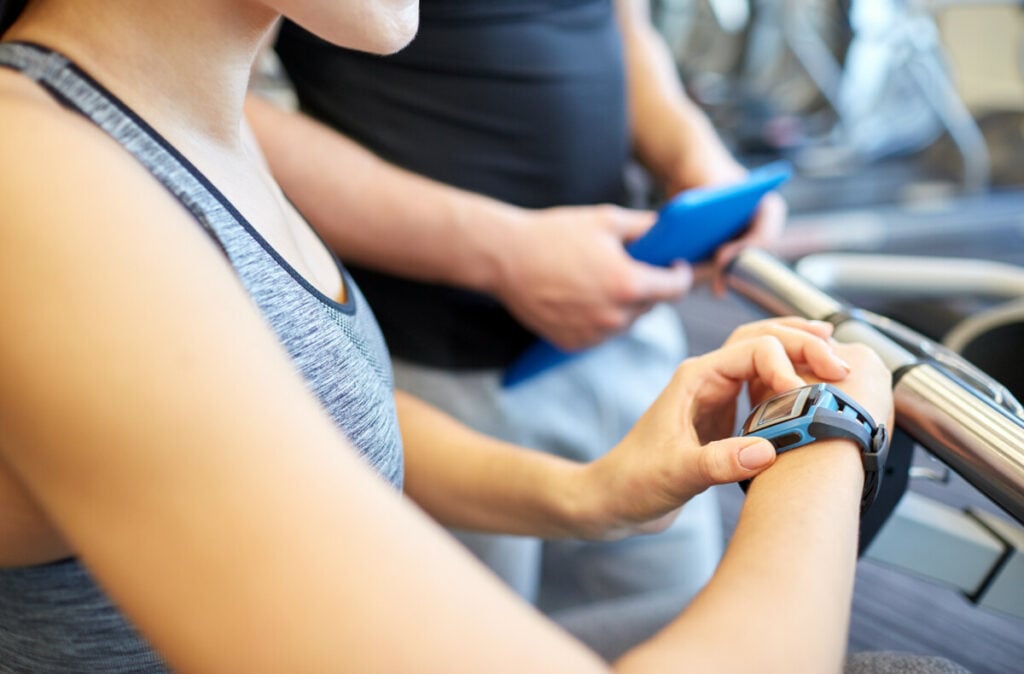What Size Fitbit Should I Get?
Whether you want to track your three-mile time, regulate your heart rate, or count the steps you are taking per day, you need to know what size Fitbit works for you. There is nothing worse than having a Fitbit that does not fit well, therefore preventing any utilization of the device. What is a good size?
Fitbit size should be based on wrist size. The balance between tight and loose fit allows Fitbit to function effectively. Too tight causes strain to the wrist and too loose does not secure the Fitbit. Always test and try on different wristbands before purchasing a Fitbit.
As you can see, size matters, and knowing your wrist size is what will allow you to utilize Fitbit to its fullest potential. In this article, we will further explore the reasons behind finding the right size and what consequences may exist when finding one too small or large. Let’s go ahead and discover what size fits right and why.

Available Sizes
To understand what size should work for you, let’s briefly discuss the available sizes and their corresponding measurements.
There are three primary wristband sizes according to Fitbit’s site small (5.5″-6.7″), large (6.7″-8.1″), and x large (8.1″-9.3″). As you may have immediately realized, there is no size labeled as “regular” or “medium”.
As these labels are absent, they are arbitrary nonetheless, so don’t fret too much if no “medium” or “regular” size exists as we will explain why later in this article. What we should at least take away from this segment is that Fitbit offers three distinct sizes of wristbands to choose from.
What Should You Get?

Focusing on what you should get, will all depend on your current wrist size.
Finding your wrist is easy and inexpensive. For one, you can simply use previous wristband-based products to find an estimation of the size you may prefer, or second, you may use any material that can represent the length and size of a wristband that can safely wrap around your wrist and where you can mark the size with a marker once you fully wrap.
Once you’ve done that, unwrap the makeshift band and measure it from the starting endpoint to the marked location.
Once an estimation of your wrist size has been measured, explore the three different sizes available from Fitbit and find the band that houses the size your wrist was measured too. For example, if your wrist size is about 6.2″, suggest purchasing the small size from Fitbit as it ranges from 5.5″-6.7″.
It is also important to note that though you may have measured your wrist size and found a proper band, make sure you have the versatility to either tighten or loosen the band. We will expand on this soon.
Before we move on, we should briefly return to the arbitrary aspect of the missing “medium” or “regular” labels. The reason that there aren’t any “medium” or “regular” labeling is that they don’t matter just like all other size labels. What does matter, however, is the actual size measurement.
What one may perceive as large as “just right”, another may find it too small or too large. Plus, the actual measurements of size are precise and can easily overlap each other, making the label that would be between “small” and “large” not necessary.
Does Size Matter?

As we have just stated, finding the proper size is one-half of the overall decision. The other half is allowing enough versatility to adjust the Fitbit when it may become too stressed or loose on the wrist.
Stress in that the wrist may be struggling to “breathe” if the band is on too tight, potentially reducing blood circulation and creating severe wristband marks, and loose in that the Fitbit will keep falling down the wrist and not being able to function properly as it won’t be securely fastened to the wrist to operate its many functions which bring us to the next reason why it matters: functionality.
Fitbit is simply an activity monitoring device, meaning that this device and its necessary components must make reasonable contact with the body to detect heart rate, footsteps, or blood pressure, for example.
Basically, it is a device for many people who are motivated to track and achieve their progress, and this can only work when the Fitbit is properly worn. Properly worn means that the Fitbit should rest securely above the wrist when arms are rested down, and able to move about half an inch up or down.
Above the wrist also allows your wrist joint to freely move around without restrictions from the device and finally, make sure the monitoring device itself should be flushed with the base of the skin as best as possible without, again, feeling too tight, but snug.
Fitbit Types
To conclude this article, we should note the different series of Fitbit and whether the band for each matters to the sizing.
First off, there are two types of Fitbits: Trackers and Smartwatches. Within each of these types are subtypes. For Trackers, they are the Inspire, Ace, and Charge series.
Smartwatches, are the Ionic and Versa series. In total, there are at least five different bases of Fitbit devices with their individual function and purpose, however, here we are concerned if there are any distinctions between band size based on the model and series.
We are happy to say, except for the Ace 2 Fitbit (designed for kids and with smaller than normal wristband size), all Fitbit types follow the small, large, and x large sizing. For example, the size of a small with a Fitbit versa band will be similar, if not exact, to the Fitbit Ionic’s band size.
If you choose to purchase an x large for the Fitbit Versa 2, you will be safe to purchase an x large of the Fitbit Inspire HR without needing to try it on beforehand. It’s still not a bad idea to try on anyways just in case, but Fitbit’s uniformity in sizes makes servicing customers easier and more convenient.
Overall, having a proper Fitbit size is crucial when it comes to comfortability, versatility, and functionality; and knowing your wrist is the baseline for your choices.
